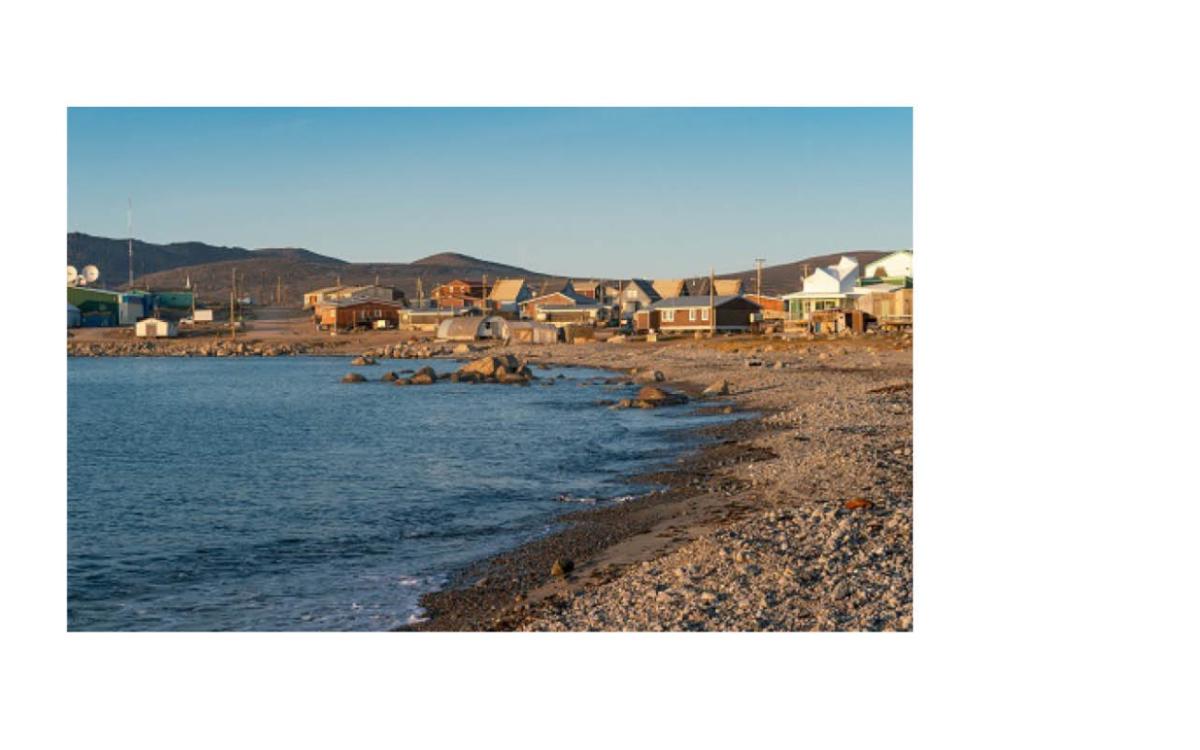As Canada’s North warms three times faster than the average global rate, the impacts on the environment and lives of people living in the region are particularly pronounced. Receding sea ice, coastal erosion, permafrost degradation, and changing precipitation patterns take a heavy toll on critical infrastructure in the region.
Standards are emerging as a critical tool in helping mitigate the impacts of climate change on roads, airports, municipal systems, and buildings to increase their resiliency.
Standards provide evidence-based expert guidance
Standards present agreed-upon ways of doing things to achieve a common purpose. They provide a set of minimum requirements and guidelines that help assure the quality and safety of almost everything we do, while also supporting efficiency, innovation, and sustainability.
CSA Group is a leader in standards research, development, education, and advocacy. Our standards are created by technical committees that bring together over 11,000 volunteer experts. A balanced group of industry professionals, government representatives, and consumers offers diverse perspectives and points of view to develop consensus-based standards.
This approach was used to develop a series of CSA standards addressing the impacts of climate change in Canada’s North. In collaboration with the Standards Council of Canada (SCC), under the Northern Infrastructure Standardization Initiative (NISI), CSA Group worked closely with northern communities to contribute to climate mitigation and adaptation efforts. CSA standards also underline the importance of using traditional local knowledge in the design of new infrastructure and upgrades of existing structures.
Helping maximize the viability of foundations built on permafrost
Many structures in Canada’s North are built on permafrost, a strong foundation of an ice-rich ground layer. But with the changing climate, permafrost is thawing, destabilizing structures that rely on it. The standard CSA S501:21, Moderating the effects of permafrost degradation on existing building foundations, helps building owners and communities assess the effects of thawing permafrost on foundations and outlines the steps they can take to reduce thawing.
Builders can also reduce problems related to permafrost degradation by leveraging thermosyphon foundation systems. CSA S500:21 helps foster awareness and understanding of this technology and helps building owners, consultants, and contractors design, construct, and maintain thermosyphon systems to maximize their long-term viability under changing environmental conditions.
Adapting infrastructure to changing weather patterns
The warming climate is changing weather patterns across the North, bringing rain and larger amounts of snow―often wet―together with strong winds in winter. Buildings are exposed to more and heavier snow loads than they were designed for, which can lead to leaks or structural damage.
The standard CSA S502:21, Managing changing snow load risks for buildings in Canada’s North, guides communities through methods for safe snow removal from rooftops to help ensure the safety of buildings and their occupants.
Changing wind directions, strength, and associated snow drifting can also impact buildings and infrastructure, weakening or damaging them. CSA S505:20 outlines techniques for dealing with high winds and snow drifting and recommends approaches for designing new infrastructure under changing climate conditions.
Strengthening critical community systems
Municipal systems, from water drainage to landfills and transportation infrastructure, are critical for the safety and well-being of people. CSA Group standards help address unique challenges for the design, operation, and maintenance of these systems in geographically remote and often isolated northern communities.
Developing and managing drainage systems in the North has to account for changing permafrost regimes, rapid snow melting, greater snow accumulation, and weather instability, as well as a short construction period. The standard CSA S503:20, Community drainage system planning, design, and maintenance in northern communities, outlines the best practices and adaptation strategies for planning, designing, and operating drainage systems that can help maintain their service life and reduce vulnerability to the changing climate.
The standard CSA W203:19, Planning, design, operation, and maintenance of wastewater treatment in northern communities using lagoons and wetland systems, provides guidance for municipal wastewater treatment in northern regions where effluent discharge is either difficult or not possible in colder months.
Similar challenges, from climate and ground conditions to the remote location and availability of resources, can impact waste management. Drawing on industry expertise, the standard CSA R111:21, Solid waste sites in northern communities, offers measures that can be adopted throughout the lifecycle of northern municipal solid waste facilities, from their planning to post-closer and help mitigate risk to human health and the environment.
Finally, in the absence of an all-season road network, northern airports that are often critical for transporting goods and people are also being affected by climate change. CSA Group conducted research examining northern airport’s climate change risks and vulnerabilities. The research report identified the need for standards that would go beyond assessing the airport’s physical infrastructure and address the full spectrum of airport operations and maintenance activities.
Getting the most out of CSA standards
While setting the requirements and providing guidelines is important, it is equally critical that users of the standards understand how to apply them in practice. With support from SCC, CSA Group is offering complimentary training courses for northern communities, builders, consultants, and other interested parties to help them navigate the requirements and recommendations of these standards for Canada’s North and leverage them in their projects. In addition, a collection of climate change adaptation guides, available also in the Inuktitut and Inuinnaqtun languages, outline the main principles, requirements, and recommendations of these CSA Group northern standards.
For more on CSA Group standards solutions for more resilient northern infrastructure and to access available resources, visit our website.









